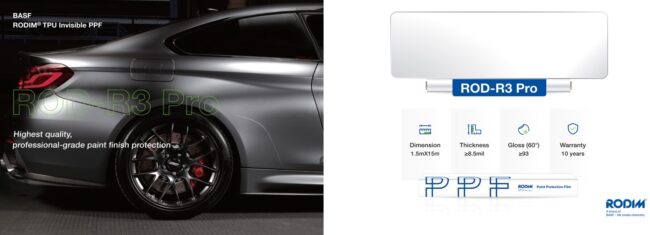When it comes to keeping your car looking brand new, ppf car protection and other paint protection methods are often the first things car owners consider. Your car’s paint is constantly exposed to harsh sunlight, dust, scratches, bird droppings, and road debris. Without proper protection, that shiny finish can fade, peel, or suffer permanent damage over time. Today, car owners have several options to preserve their vehicle’s appearance. The most popular choices include PPF (Paint Protection Film), ceramic coating, waxing, and sealants. But which one truly offers the best protection for your vehicle? Let’s compare these methods to help you decide. Understanding PPF Car Protection Paint Protection Film, commonly known as ppf car protection, is a transparent, flexible, and durable polyurethane film applied over your car’s painted surfaces. Its primary job is to protect the paint from scratches, rock chips, swirl marks, bird droppings, and even UV rays. Benefits of PPF: Scratch Resistance: Acts as a physical barrier against scratches, minor dents, and rock chips. Self-Healing Properties: Minor scratches disappear with heat (sunlight or warm water). UV Protection: Prevents paint fading and discoloration caused by sunlight. Hydrophobic: Repels water and dirt, keeping the car cleaner for longer. Long-Lasting: Good-quality PPF can last 7-10 years with proper care. Ceramic Coating – A Popular Rival Ceramic coating is a liquid polymer that chemically bonds with the car’s paint, creating a protective layer. Unlike PPF, ceramic coatings don’t provide physical protection against rock chips or scratches but are highly effective for enhancing shine and repelling dirt. Benefits of Ceramic Coating: Hydrophobic Effect: Water, mud, and dirt slide off easily. UV Protection: Helps prevent oxidation and fading. Enhanced Gloss: Provides a deep, reflective shine. Ease of Cleaning: Dirt doesn’t bond easily to the surface. Limitations: No protection against rock chips, scratches, or impact damage. Needs professional application for best results. Wax and Paint Sealants – Traditional Methods Waxing and synthetic paint sealants have been used for decades. They provide a temporary protective layer over the paint. Benefits: Affordable: Low-cost and easy to apply. Enhances Shine: Provides a good gloss finish. Basic Protection: Guards against UV rays, water spots, and minor contaminants. Drawbacks: Short Lifespan: Wax lasts a few weeks to a couple of months; sealants last up to 6 months. No Scratch or Impact Protection: Completely ineffective against physical damage. Frequent Reapplication Needed. Which One Wins? The winner depends on your primary need: If your priority is maximum protection against scratches, rock chips, and road damage, ppf car protection is undoubtedly the best choice. It offers a physical barrier that no other product can match. If you want to enhance your car’s shine, keep it looking glossy, and make it easier to clean but are not concerned about physical impacts, ceramic coating works perfectly. For budget-friendly and temporary paint protection, waxing or sealants are still options but require regular maintenance. In fact, many car enthusiasts now combine both PPF and ceramic coating. They apply PPF on high-impact areas like the front bumper, hood, and mirrors, followed by a ceramic coating over the entire vehicle for enhanced gloss and hydrophobic effects. Conclusion When it comes to the battle between ppf car protection and other paint protection methods, PPF stands out for its superior physical defense. While ceramic coating and wax focus more on appearance and basic protection, PPF gives you peace of mind from everyday damage like scratches, chips, and UV exposure. For car owners who value long-lasting protection and maintaining their vehicle’s showroom finish, ppf car protection is the ultimate winner in the world of paint protection.

